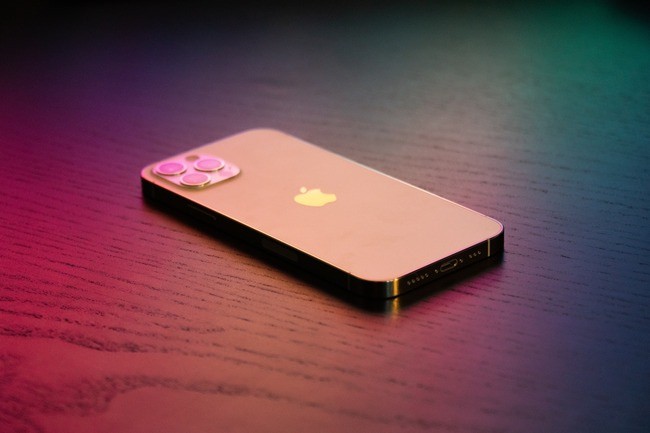
If your iPhone is running low on storage, preventing you from installing the latest iOS updates or saving more photos, videos, and apps, don't fret! There's a solution that won't require you to delete precious files or spend a penny. Take advantage of specific iOS features designed to declutter your iPhone's storage.
iOS offers two handy settings to free up considerable space on your iPhone.
One is a permanent solution, while the other is temporary. By utilizing these features, you'll create room for the latest software updates, allowing you to capture more memories through photos and videos and download additional apps.
Here's how you can optimize your iPhone's storage to keep up with the latest updates and expand your storage capacity effortlessly.
Effortlessly Expand iPhone Storage by Optimizing Existing Media.
Turning on your Optimize iPhone Storage in your Photos app can free up room without losing your pictures or clips. Usually, every shot and video you take is saved in high quality, which takes up a lot of space.
A video in 4K at 60 frames can eat up to about 400 megabytes each minute. To save space, navigate to Settings, Photos, and flip the switch for "Optimize iPhone Storage."
Make sure your iCloud Photos are on, too. Depending on how much stuff you have stored, this may take some time, but it'll move your top-quality media to iCloud while keeping smaller versions on your device. If you need the best quality files, you have to download them using the Photos app when you've got a good wifi connection.
If your iCloud storage isn't enough, you can upgrade: $1 a month for 50GB, $3 for 200GB, or $10 for 2TB (prices vary where you live). To add more space, go via Settings, then your name, iCloud, Manage Storage, and Buy More Storage.
With any paid membership, you get extras like iCloud Private Relay and Hide My Email.
Also Read: Enhance IPhone And Android Signal With These 5 Effective Cellphone Amplification Techniques
Offloading Less-Used Apps
To free up storage space on your iPhone, consider offloading less-used apps. Major iOS updates like iOS 16 may require over 5GB, while more minor updates like iOS 16.1 need around 1GB.
Offloading apps is a middle ground between keeping and deleting them, creating temporary space for updates without losing your data.
Navigate to Settings > General > iPhone Storage to identify storage-consuming apps. Some built-in apps like Photos and Messages can't be offloaded. Tap on an app and select "Offload App" to remove it while retaining your data. The app icon remains grayed out.
To retrieve offloaded apps, go to the App Library and tap the iCloud button or tap the app on your home screen to re-download without needing to sign in again.
Offloading allows temporary storage for updates without permanently deleting your apps.
Delete Unused Apps, Games, and Messages
To reclaim iPhone storage, delete unused apps and games. Review your library, tap and hold any app icon until it jiggles, select "Remove App," and confirm deletion from the device. Long-press a space, tap the "-" on unwanted apps, then delete.
Also, clear old Messages: swipe left on a conversation in the Messages app, tap the trash icon, or set the app to auto-delete messages in Settings.
Regular decluttering and managing apps and messages will optimize Storage and iPhone performance.
Related Article: Google Storage Hacks: Avoid Extra Costs With These Smart Solutions
© Copyright 2025 Mobile & Apps, All rights reserved. Do not reproduce without permission.
















